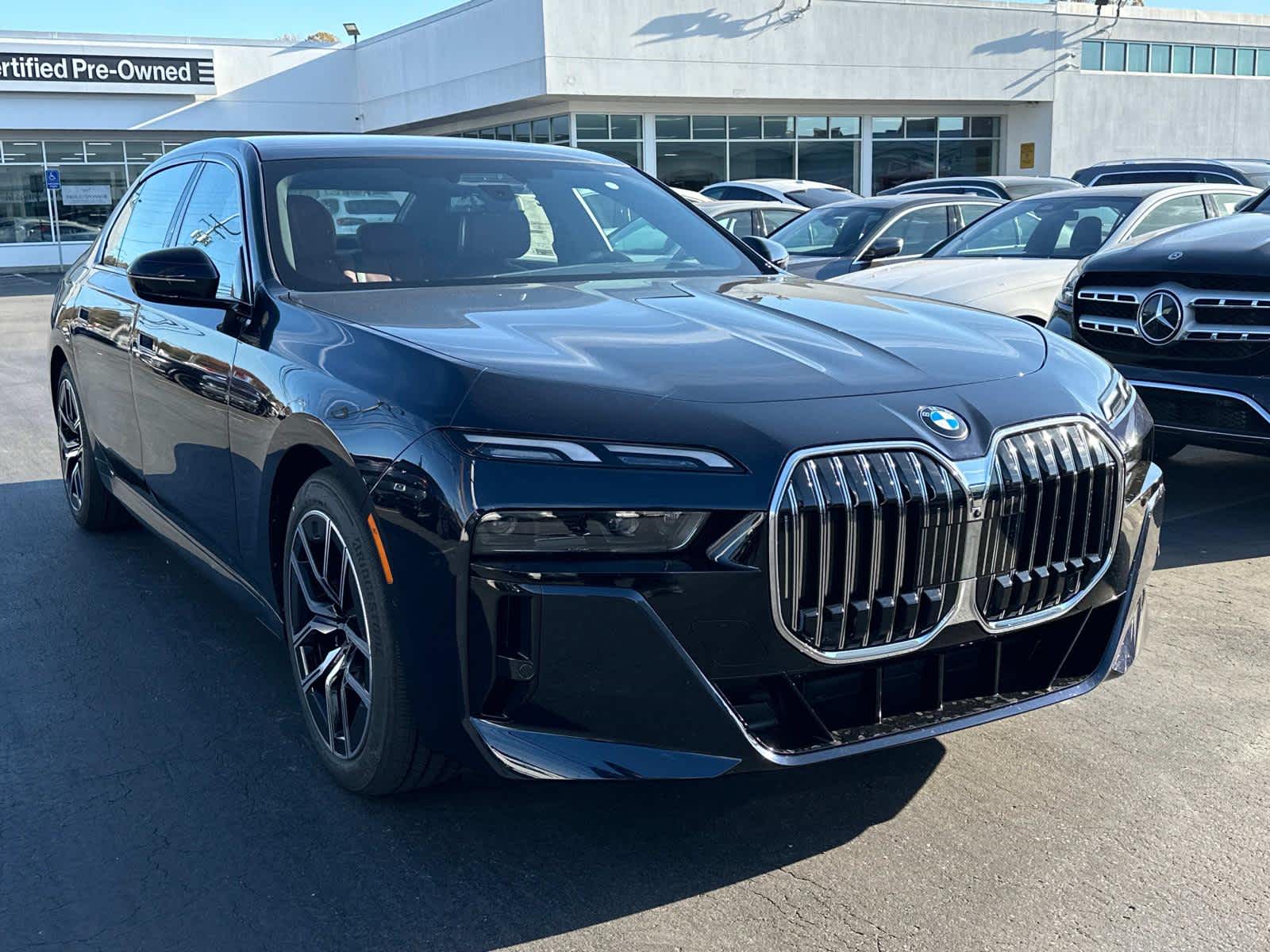Infotainment systems are now central to the driving experience—guiding routes, connecting phones, streaming media, and enabling safety features. In today’s cars, a great infotainment system can enhance the daily drive, while a flawed one can make even short commutes frustrating.
As automakers continue to push digital innovation, some strike a perfect balance of form and function, while others stumble with unresponsive screens and awkward interfaces.
This summary splits the infotainment experience into two camps: five modern cars with excellent systems, and five notable examples of buggy, broken, or bafflingly bad tech.
5 Cars With Dependable Infotainment
1. 2025 BMW 7 Series
The 2025 BMW 7 Series sets the standard for luxury infotainment. With a refined interface anchored by a 14.9-inch touchscreen, this flagship sedan blends power and elegance with smart tech.
It includes a center-mounted rotary controller, voice recognition, and sharp, responsive visuals. While the system may take some learning, its depth is impressive once mastered. The new standard panoramic sunroof complements the spacious cabin, adding light to the immersive experience.
Combined with a smooth ride and roomy second-row seats, the infotainment only adds to the car’s appeal. This is luxury tech done right—refined, intuitive, and ultimately rewarding.
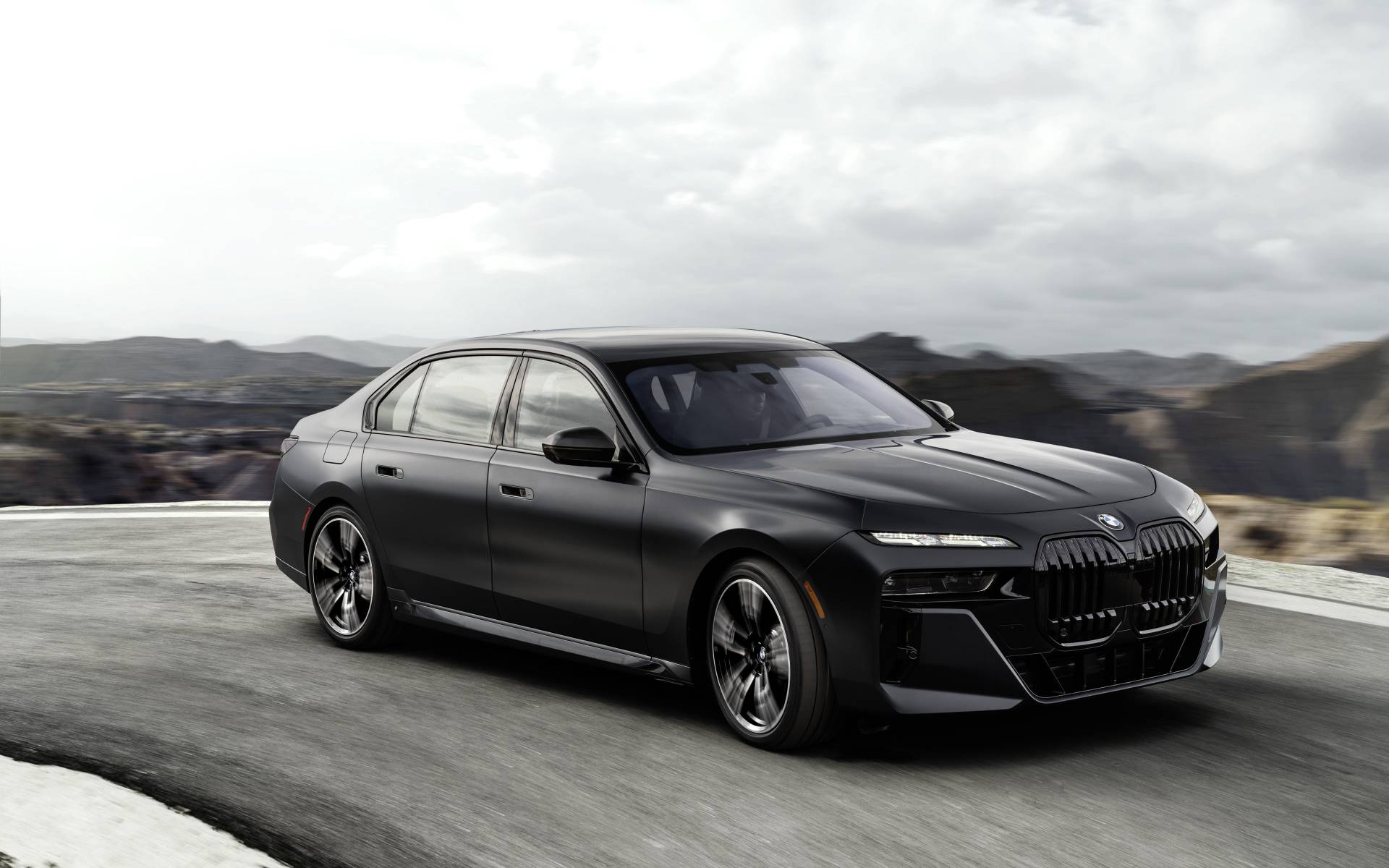
2. 2025 GMC Acadia
The redesigned GMC Acadia is a well-rounded midsize SUV with a focus on family-friendly functionality and modern technology. Its 15-inch infotainment touchscreen is a standout, offering responsive controls and wireless smartphone integration out of the box.
The layout is intuitive and fluid, with crisp graphics and minimal lag. Built-in Wi-Fi and Apple CarPlay/Android Auto ensure seamless connectivity on the go. Second-row captain’s chairs and available seating for eight enhance its flexibility, while the third row remains adult-usable. For families looking for tech that just works—no fuss, no digging through menus—the Acadia makes the case for practicality and polish.
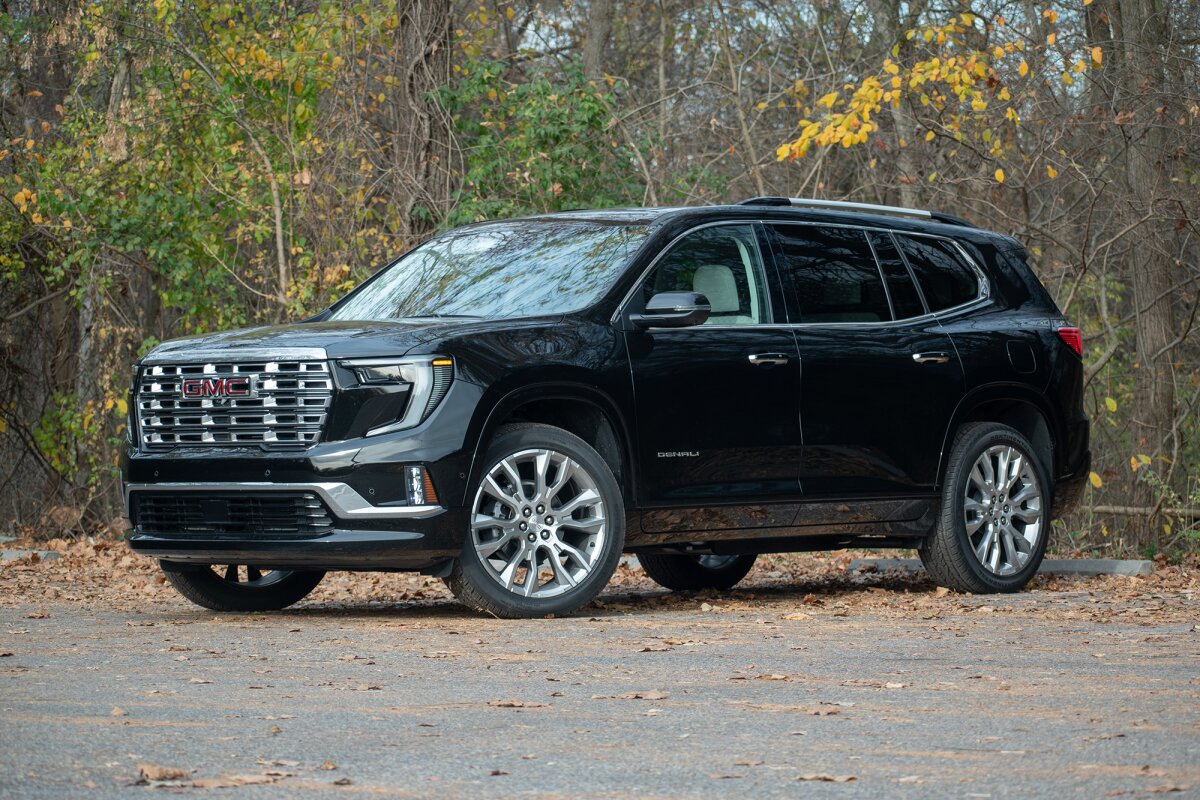
3. 2025 Jeep Wagoneer
Jeep’s 2025 Wagoneer offers both luxury and capability, earning accolades like the Best Large SUV for Families. Its 10.1-inch touchscreen anchors a well-designed infotainment suite, complete with Amazon Alexa, built-in navigation, and a responsive interface.
With seating for up to eight and a generous cargo hold, the Wagoneer caters to both passengers and gear-hauling. The infotainment setup is customizable and quick, aided by voice commands and physical controls that enhance usability.
A nine-speaker stereo adds to the premium feel. Jeep proves that ruggedness and refined tech can coexist, creating a digital experience as accommodating as its physical space.
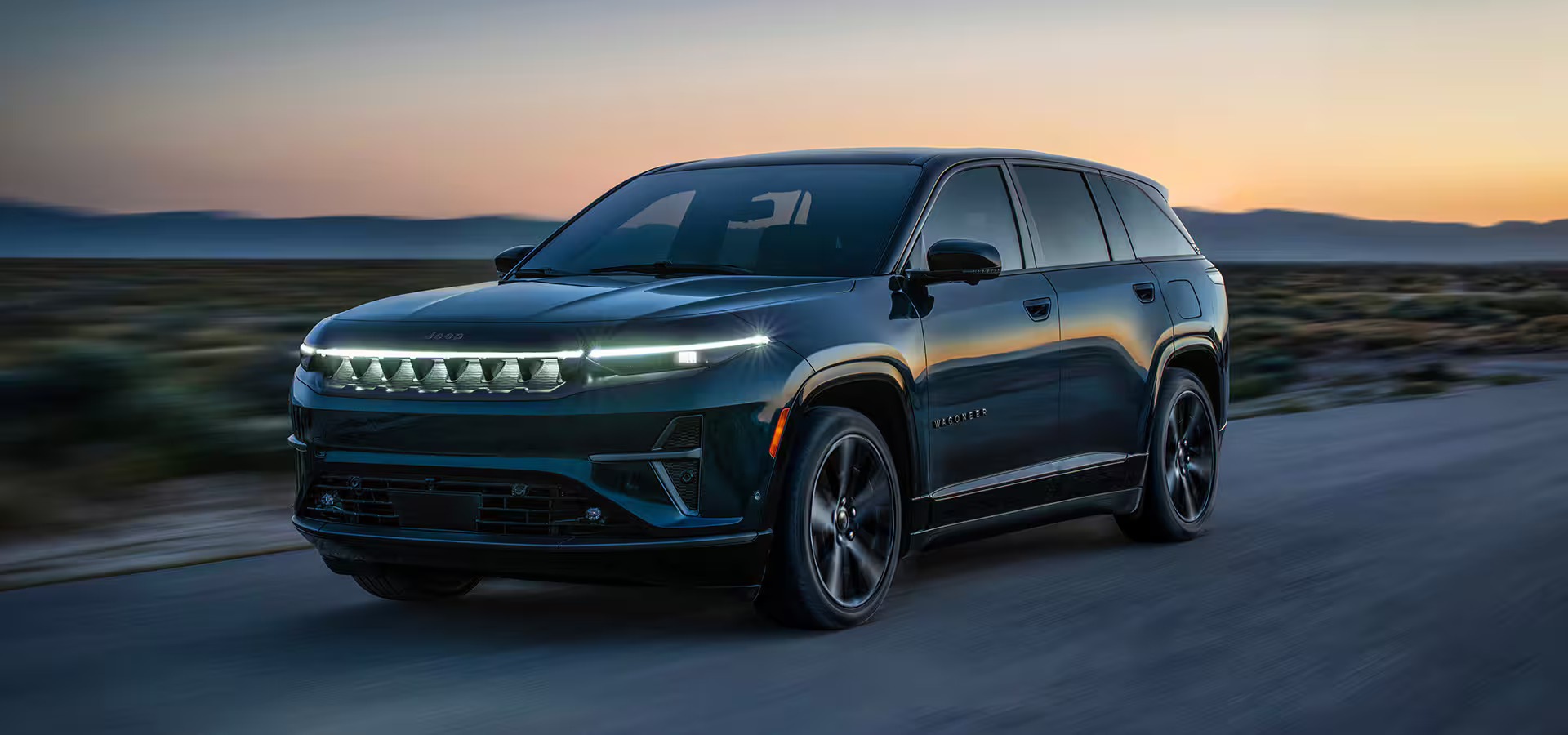
4. 2025 BMW X1
The 2025 BMW X1 may be compact, but it packs in premium technology. The cabin boasts a 10.7-inch central touchscreen and a 10.25-inch digital gauge cluster, creating a high-tech cockpit. Drivers can control features via touch, voice commands, or optional physical buttons.
Navigation, wireless Apple CarPlay and Android Auto, and Wi-Fi hotspot support come standard. For audiophiles, an optional Harman Kardon 12-speaker system is available.
With agile handling and excellent fuel economy, the X1 isn’t just practical—it’s fun. BMW’s tech suite complements the performance perfectly, making the X1 a benchmark for the luxury subcompact SUV segment.
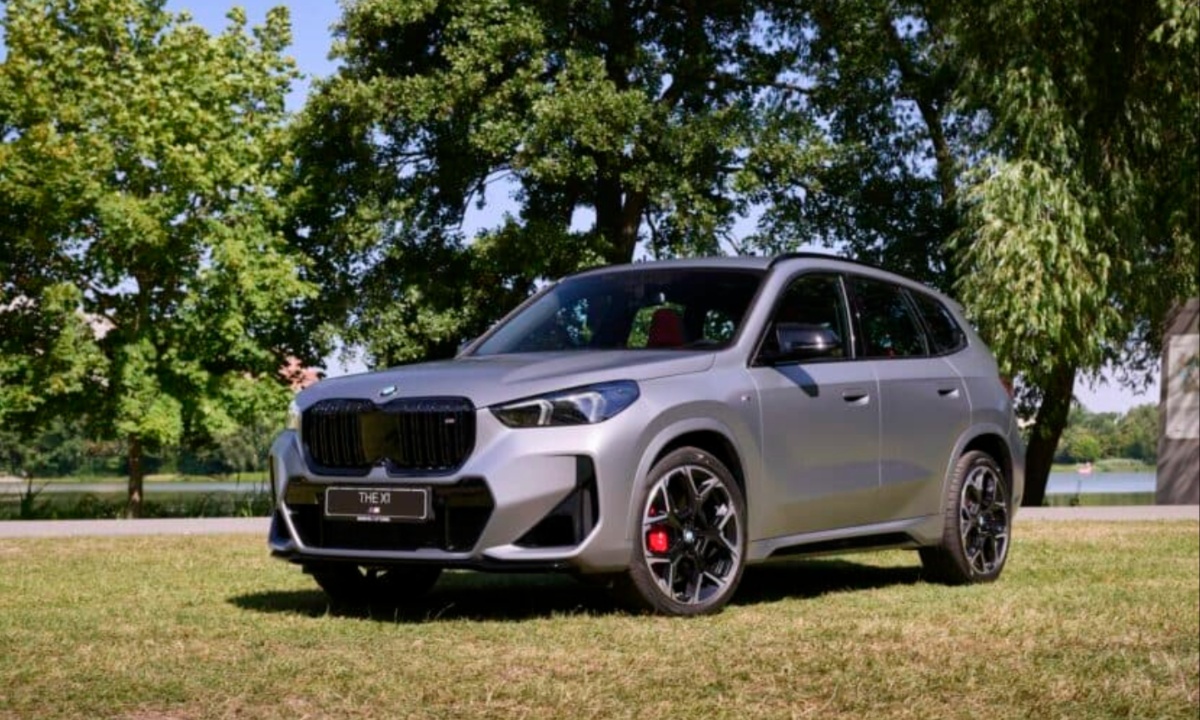
5. 2025 Ram 1500
The 2025 Ram 1500 redefines expectations for pickup trucks, especially inside the cabin. With an interior score of 9.2/10, it delivers a plush, tech-savvy environment. Infotainment choices include an 8.4-inch base screen, with available 12- and 14.4-inch upgrades.
All models come with Apple CarPlay, Android Auto, and Wi-Fi hotspot capabilities. The user interface is clear and logical, and available wireless charging adds convenience.
Whether dealing with city congestion or carrying heavy loads, the Ram’s infotainment system remains reliable and user-friendly. Ram shows that technology in trucks is no longer secondary—it’s a central feature of today’s refined and capable workhorses.
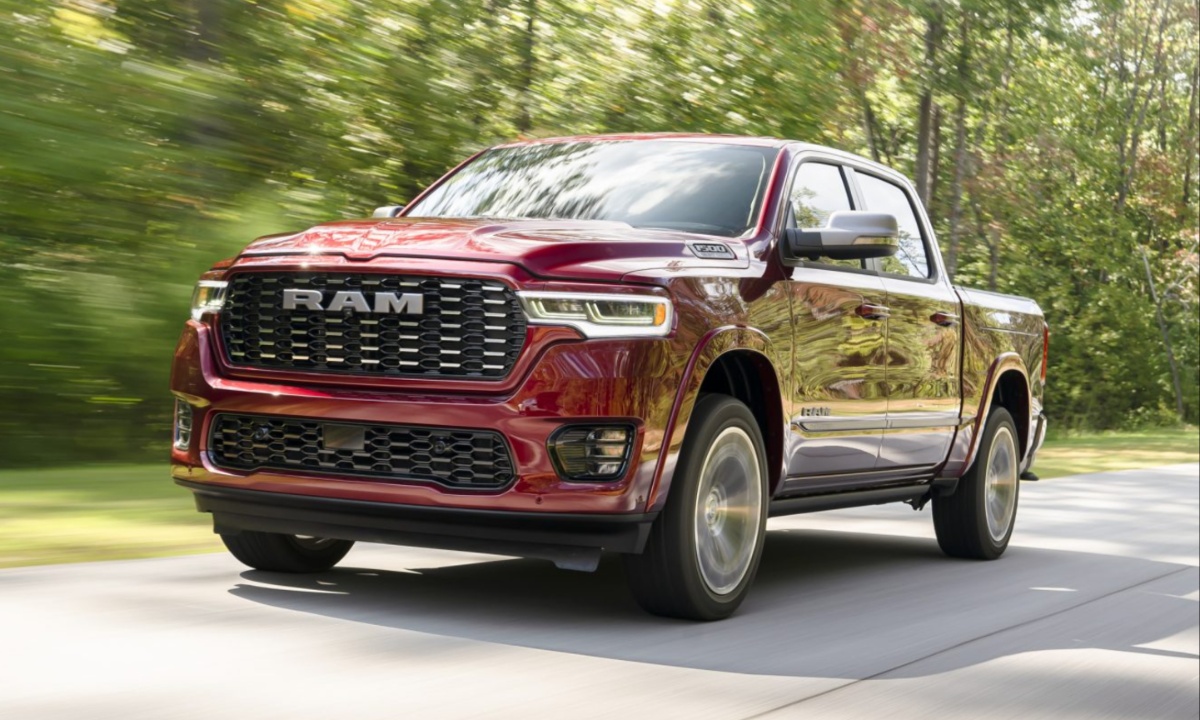
5 With Buggy Screens
1. 2014 Cadillac ATS (CUE System)
Cadillac’s CUE system in the 2014 ATS is often cited as one of the most frustrating infotainment experiences. Its capacitive-touch controls are inconsistent, requiring hard presses on a glossy panel that often misses inputs.
Tasks like entering navigation directions or adjusting climate settings become unintuitive due to buried menus and poor layout choices. Although it looks sleek, usability suffers greatly.
Some owners appreciated hidden features like a lift-up screen compartment, but that novelty wore off quickly. CUE’s failure to prioritize user-friendly design stands as a lesson in how flashy tech can backfire when real-world functionality is neglected.
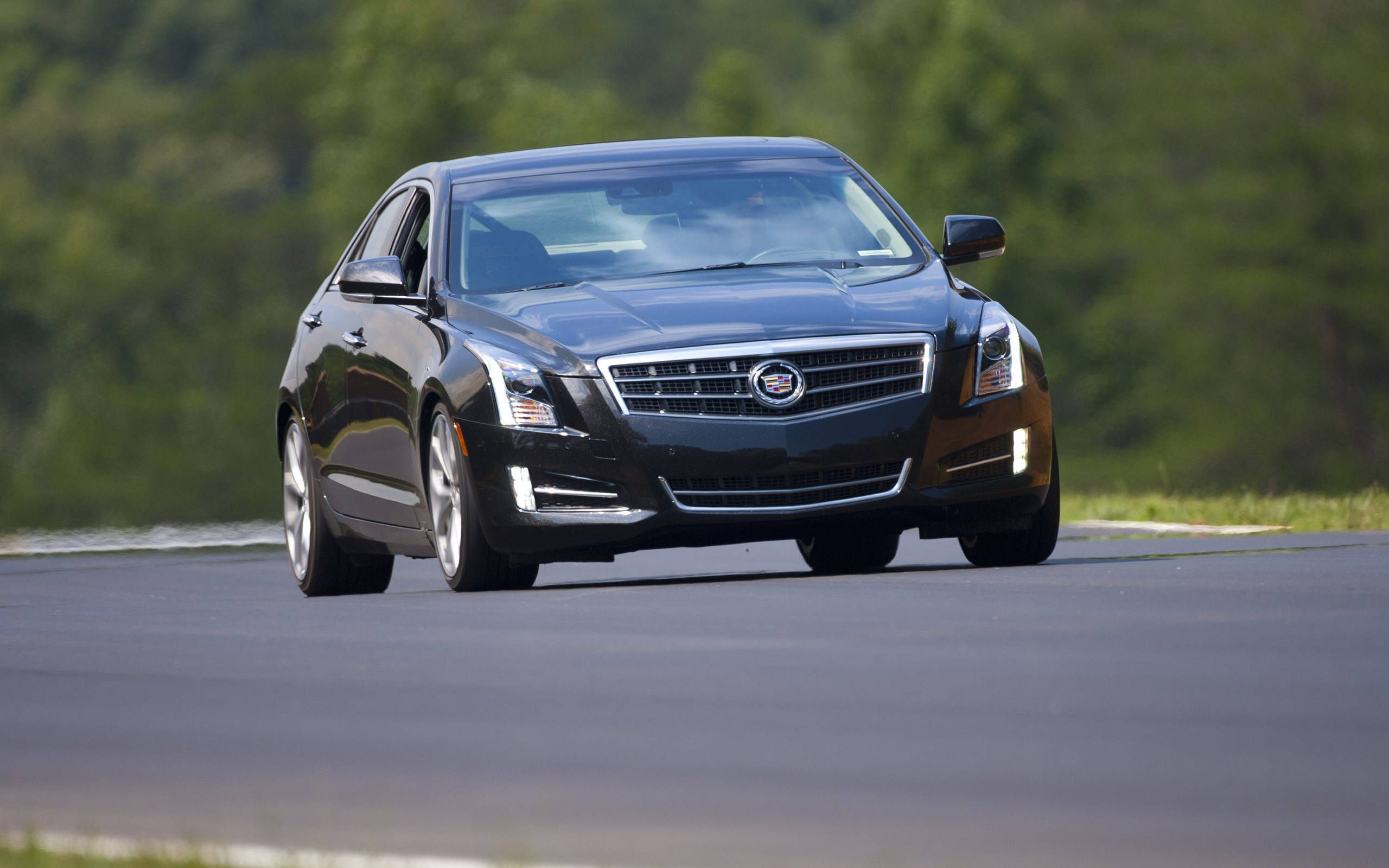
2. 2015 Subaru Outback
The 2015 Subaru Outback introduced a 7-inch touchscreen that frustrated users with its lack of responsiveness and clunky performance. Many found the built-in apps useless and the startup process slow, often blasting loud radio before giving control back to the driver.
Bluetooth pairing was unreliable, with frequent disconnects and forgotten devices. Even after repairing, audio inconsistencies persisted. Lacking both Android Auto and Apple CarPlay, the system forced users to fall back on their phones.
This outdated tech undermined an otherwise competent vehicle, illustrating how a poorly executed infotainment system can significantly sour the driving experience.
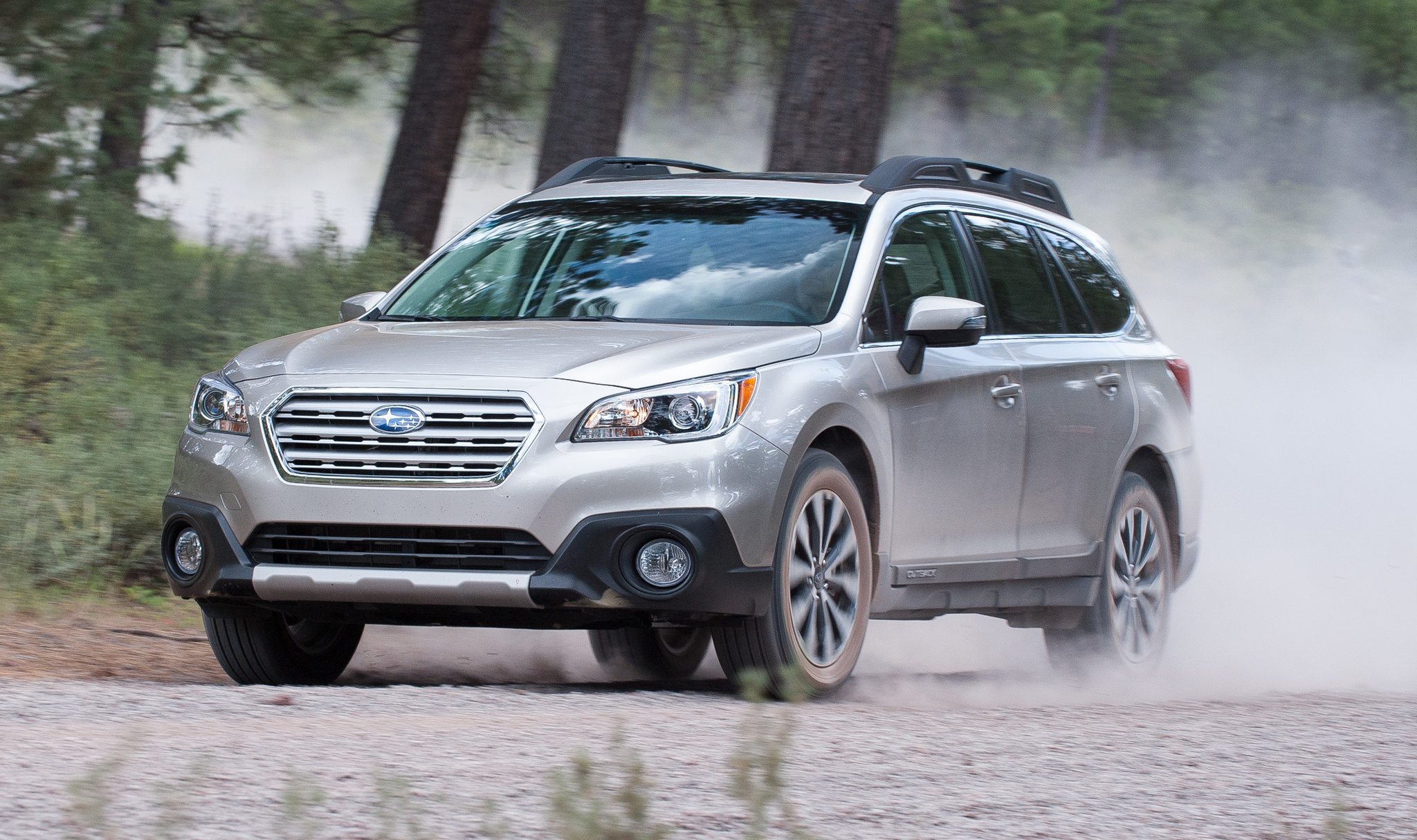
3. 2015 Subaru WRX
The 2015 Subaru WRX’s infotainment system was an unfortunate weak point in an otherwise exciting performance car. Equipped with navigation and a Harman Kardon audio system, expectations were high, but reality fell short.
The microphone barely functioned above 30 mph, voice recognition struggled with basic commands, and the screen suffered from inconsistent touch response.
It looked dated even at launch and lacked refinement in both hardware and software. Subaru’s attempt to enhance the WRX’s appeal with tech instead turned into a source of constant user frustration. The system failed to meet even basic usability standards, tainting an otherwise fun ride.
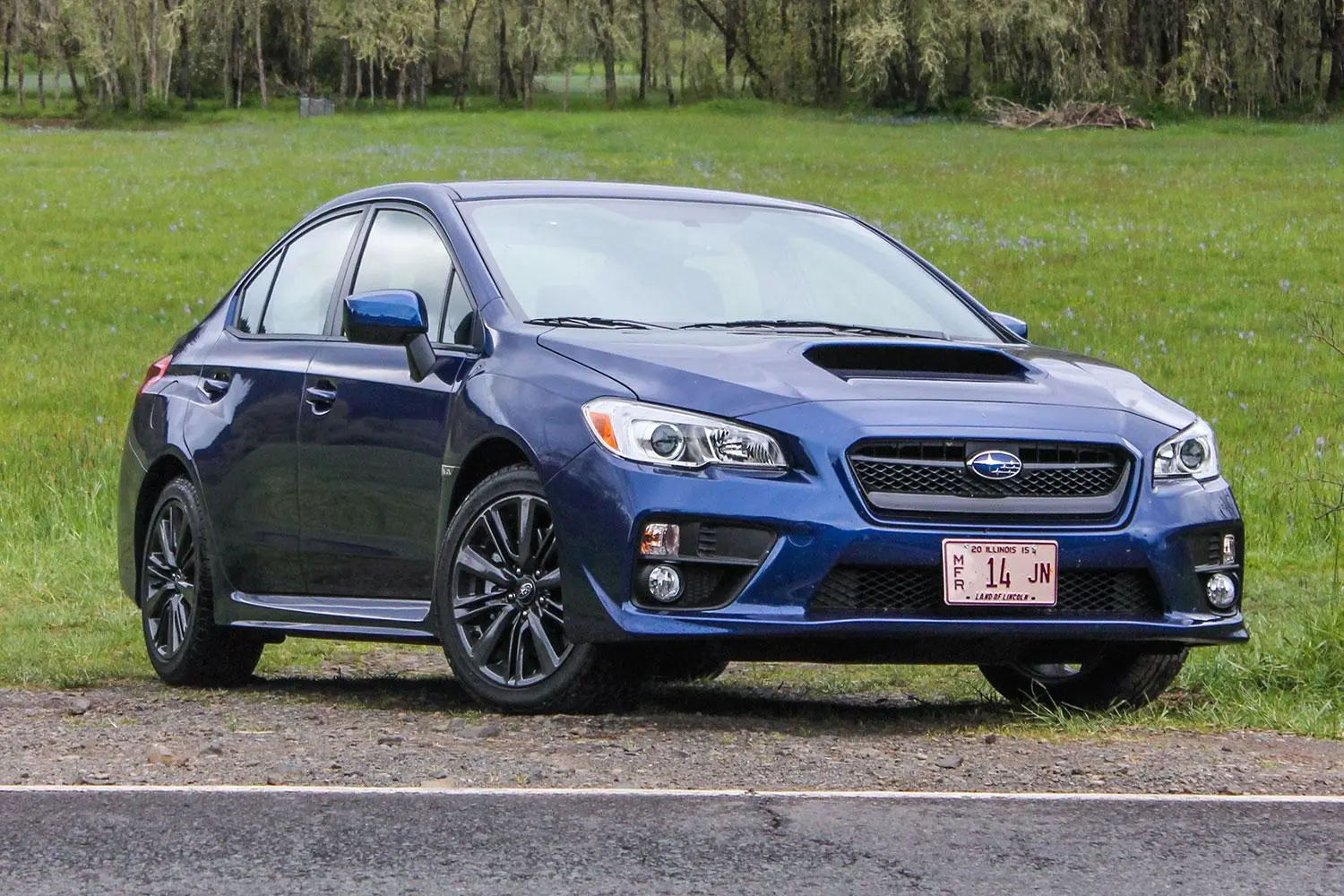
4. 2013 Honda Accord
Honda’s 2013 Accord debuted a dual-screen infotainment layout that confused more than it helped. One screen was touch-enabled, while the other wasn’t, leading to constant driver confusion. Navigation through the interface often felt like a puzzle, with redundant or mislabeled functions that were neither intuitive nor efficient.
Steering wheel and dashboard controls added to the complexity, with inputs sometimes contradicting each other. This setup reflected an era where automakers were still figuring out digital integration, but for drivers, it meant learning a system that never quite made sense. Honda eventually moved away from this design, but the damage to its reputation lingered.
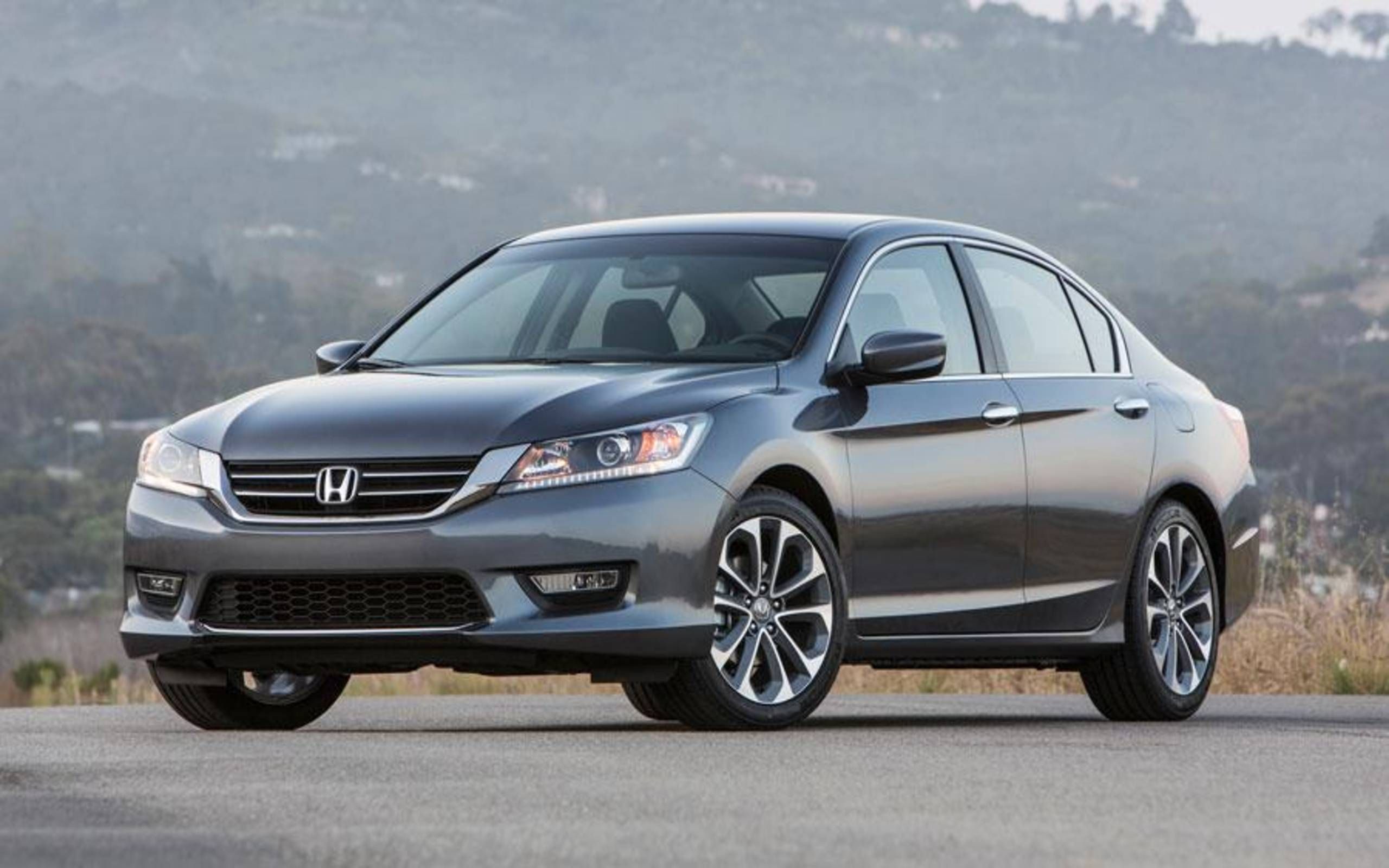
5. Peugeot/Citroen Infotainment
Infotainment systems from Peugeot and Citroën, especially in early Stellantis-era models, have earned a notorious reputation across Europe. Known for resistive touchscreens that require excessive pressure, they feel like throwbacks to early 2000s tech.
The GPS systems resemble hacked PDAs in speed and interface, while night-time use is painful due to overly bright displays with limited dimming options. Users often report ghost touches and screen reactivation during volume adjustments.
These flaws point to systems designed in labs, not in real driving scenarios. Peugeot’s infotainment fails to account for usability in actual conditions, making it difficult, distracting, and even dangerous.
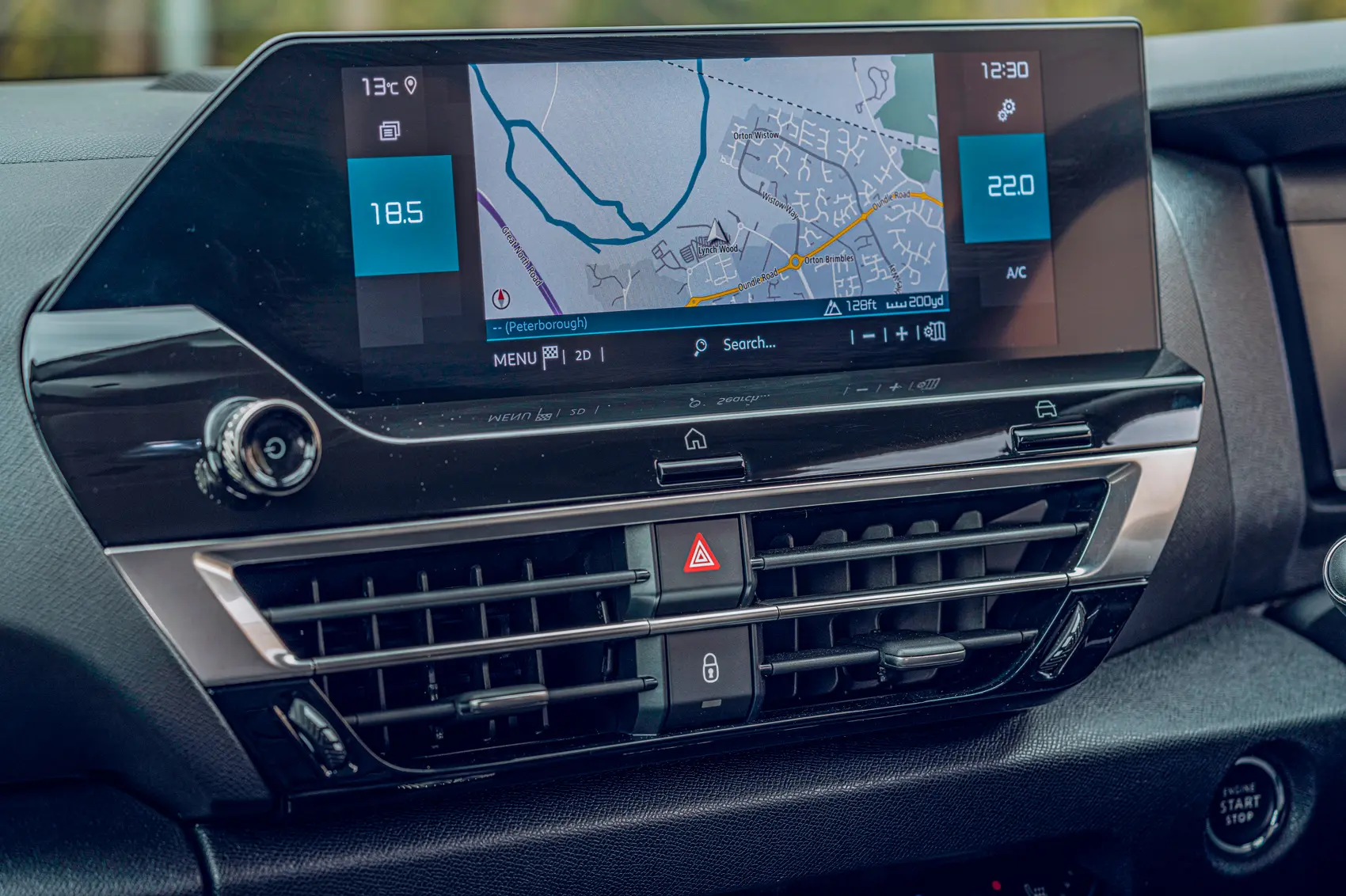
Today’s drivers expect more than flashy graphics—they want reliability, ease of use, and seamless integration. As seen in the 2025 models from BMW, Ram, and Jeep, infotainment systems can now enhance safety, entertainment, and comfort.
However, the failures of older setups in vehicles like the Cadillac ATS and Subaru Outback prove that bad tech lingers long in the memory. Automakers must learn that good design is about the user, not just the touchscreen’s size or gloss.
In an age of constant connectivity, infotainment systems should work with the driver, not against them.
Also Read: 5 Cars With Digital Locks Hackers Cant Bypass and 5 With Weak Encryption

